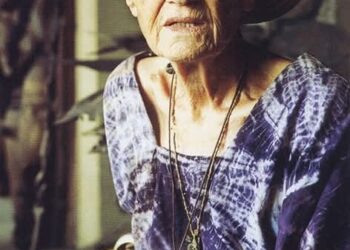Tucked away in the town of Esie in Kwara State, Esie Museum holds a unique place in Nigeria’s cultural and historical landscape. Established in 1945, it was the first museum in Nigeria, created to house an extraordinary collection of over 1,000 ancient soapstone figures—a find unmatched anywhere else in sub-Saharan Africa.
The statues, known locally as “Ere Esie,” are life-sized and intricately carved, depicting human figures seated in various postures. They were discovered centuries ago by the people of Esie, reportedly in a grove just outside the town. For generations, these sculptures were venerated and surrounded by myths. Some believed they were once rebellious settlers or deified beings turned to stone by divine intervention.
When colonial officials learned of the figures in the early 20th century, they were baffled by both the size and style of the collection. In response to growing curiosity and the need to preserve them, the Esie Museum was officially opened by the colonial administration in 1945, making it Nigeria’s earliest formal museum institution—predating the National Museum in Lagos.
To this day, the origins of the Esie figures remain an archaeological mystery. They do not match the style of any known Nigerian ethnic group, and their creators remain unidentified, though some theories suggest a connection to ancient Nupe or Yoruba subgroups.
Esie Museum not only preserves these enigmatic works but also stands as a symbol of Nigeria’s deep, diverse, and largely untold precolonial artistic heritage. The museum has since expanded to include ethnographic collections and artifacts from the surrounding region, but the soapstone figures remain its heart—silent, stone-sculpted sentinels whose mystery continues to inspire awe.
Photo Source Northwestern university















































































 EduTimes Africa, a product of Education Times Africa, is a magazine publication that aims to lend its support to close the yawning gap in Africa's educational development.
EduTimes Africa, a product of Education Times Africa, is a magazine publication that aims to lend its support to close the yawning gap in Africa's educational development.

